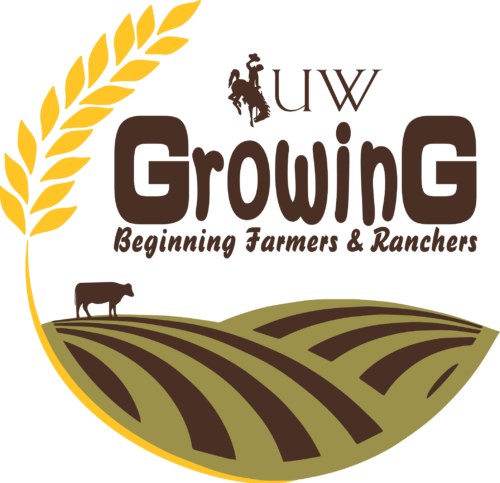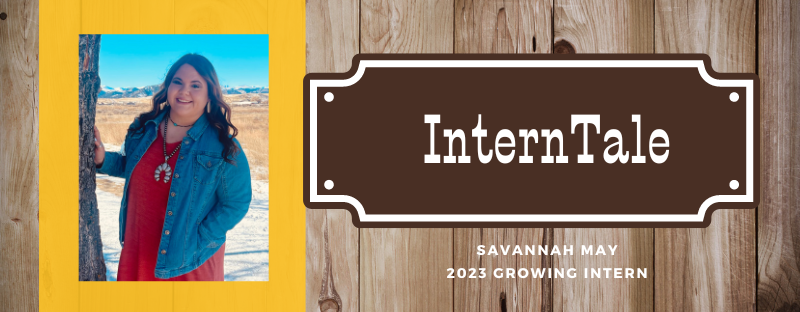Sheep Dogs & Sheep Hides
#bfrdpwy #aginternship #RightRisk
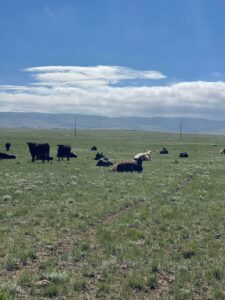
I started off the week meeting a local cattle producer and learning more about his operation. He runs a cow calf herd off leased land. We spent a lot of time on Monday inspecting the leased land, going over irrigation for timothy grass and salt grass; they are trying to reinstate timothy grass over the salt grass. We finished off the day by checking the electric fence connection and water for the cattle.
Back at my host ranch, we established more of the perimeter fence for the sheep, while also inspecting the previously made fence. The most interesting part of the day was tanning sheep hides. I had never done this before and brain tanning was specifically interesting. To think that the Native Americans came up with this process to utilize the chemicals in the brain to process their hides, a process we still use today, is fascinating.
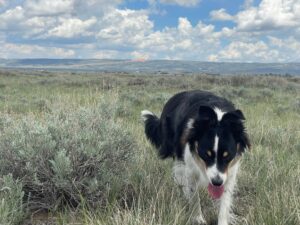
As we continued with the week, I spent the day solo and I had the chance to work with sheep dogs alone. We had two dogs with very different temperaments and it was interesting to manage both dogs when one needed harsh commands and the other would respond poorly to raised voices. While we were moving sheep, one adversity I found was the amount of mosquitoes present. We are working right next to the flood plains and mosquitos are hatching from the stagnant water. This is an increasingly annoying problem, but work still needs done.
In the second half of the week we continued the general daily chores of moving sheep. We specifically separated one from the herd in order to milk. We have a grass belly lamb, meaning she is unable to receive milk from her mother and eats too much grass. We used the milk gathered from the separated sheep to supplement the grass belly lamb’s diet. Milk is necessary for the sheep’s diet due to the microbes that are passed from mother to lamb which will be used for the rest of their lives.
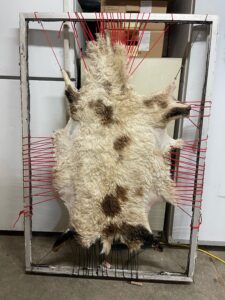
Finally on Friday, we continued work on the hides. Once we finished with the chemical process, we started racking and stretching the hides. We attached them to a frame with a paracord and proceeded to use a rocker knifer to make the skin stretch properly. Then I did some measuring for a new waterline that needs to be put in. This will help move water easier between pastures for the livestock.
Among the mentioned works we also moved the chickens out to irrigated pasture to help with their diet. Between the tanning and solo work with the sheep dogs, we have done some interesting things this week. When the hides are finished, they will be sold at the farmers market. Between the work with the grass belly lamb and the tanning of the hides we can see the full process of this industry.
Submitted by: Savannah May
Edits by: GrowinG Internship Team
